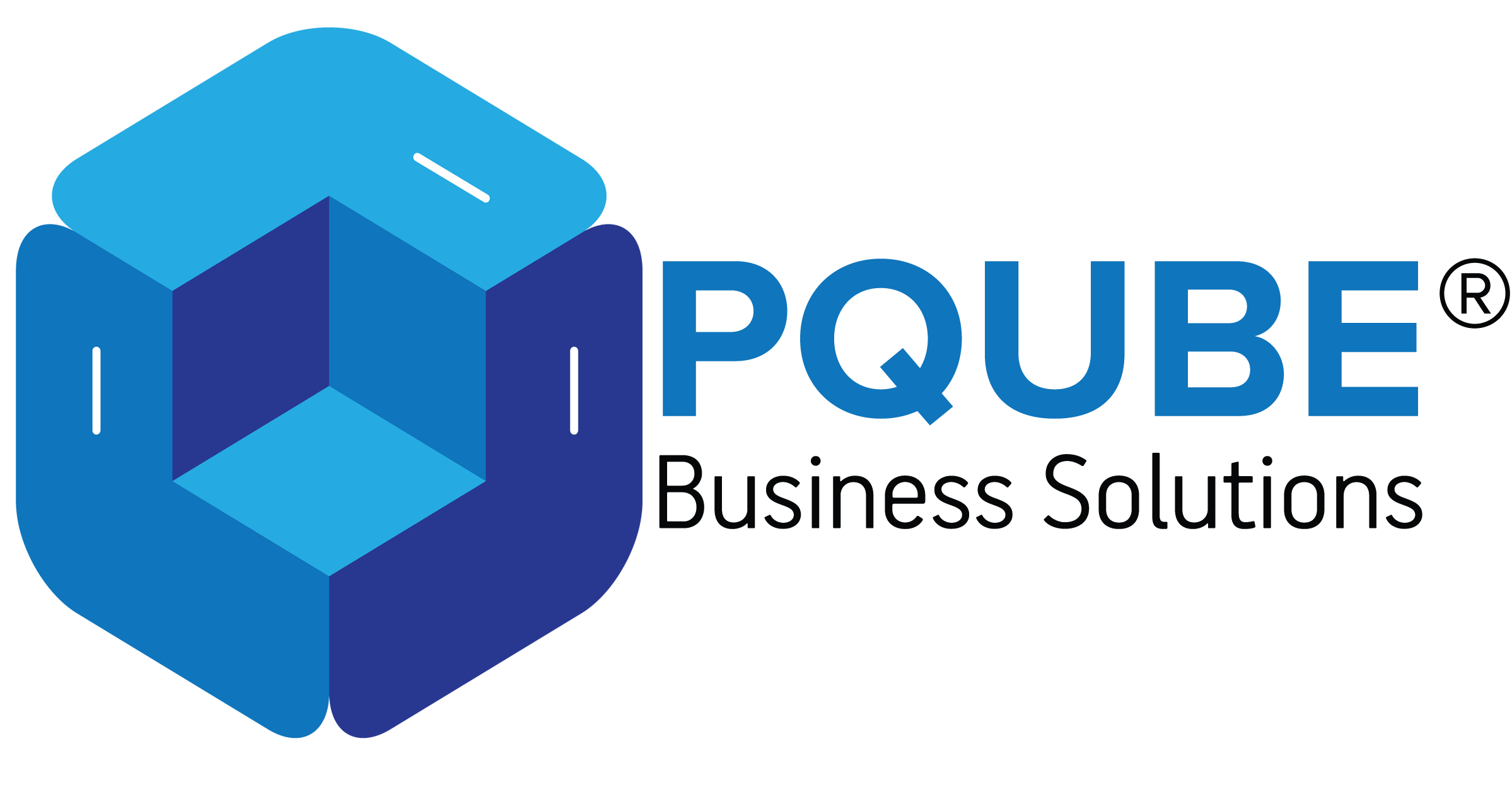Introduction
Feeling overwhelmed by the costs of content marketing? You’re not alone. Especially for beginners, launching a content marketing journey can seem financially out of reach. But fear not! With a strategic approach, the Beginner’s Guide to Content Marketing empowers you to create engaging and valuable content without breaking the bank.
This guide equips you with the steps to get started and build a content marketing strategy that thrives, even with limited resources.
Identify Your Target Audience
Before you create any content, it’s crucial to understand who you’re creating it for. Knowing your target audience allows you to tailor your message to their needs, interests, and pain points.
Start by creating detailed buyer personas. Consider demographics like age, gender, location, and occupation, but also dig deeper into their behavior, challenges, and goals.
Tools like Google Analytics and social media insights can provide valuable data to help you define your audience. The more precise you are, the more relevant and engaging your content will be.
Focus on Value, Not Sales Pitches
One common mistake beginner make is focusing too much on selling their product or service. Instead, aim to provide value to your audience.
Educational content, such as how-to guides, industry insights, and tips, positions your brand as a helpful resource. This approach builds trust and loyalty, which can lead to conversions over time.
Remember, people are likelier to engage with and share content that solves their problems or provides new knowledge, rather than blatant advertisements.
Repurpose Existing Content
Creating new content from scratch can be time-consuming and expensive. Instead, maximize the value of your existing content by repurposing it.
Turn a well-performing blog post into a series of social media updates, an infographic, or a video. You can also compile several related posts into an eBook or whitepaper.
This not only saves time and resources but also ensures your message reaches different segments of your audience through various formats.
Collaborate with Other Businesses
Collaborating with other businesses can significantly extend your reach without additional costs.
Look for companies that complement yours and share a similar target audience.
You can co-create content, such as blog posts, webinars, or podcasts. Guest posting is another effective strategy where you write for each other’s blogs.
These collaborations can introduce your brand to new audiences and add credibility through association with respected partners in your industry.
Leverage Free Design Tools
Good design is crucial for engaging content, but professional design services can be costly. Fortunately, there are numerous free tools available that can help you create visually appealing content.
Tools like Canva, Adobe Spark, and Piktochart offer easy-to-use templates for graphics, presentations, and infographics. They allow you to produce high-quality visuals that enhance your content and make it more shareable, without needing a design background.
Additional tricks to consider.
Create a Content Calendar
A content calendar is an essential tool for organizing your content marketing efforts. It helps you plan, maintain consistency, and ensure a steady flow of content.
Start by mapping out the types of content you want to produce and the platforms where you’ll share them. Include key dates, such as holidays, industry events, or product launches, which can provide timely and relevant content opportunities. A well-structured calendar keeps you on track and allows for better coordination, especially if you’re working with a team.
User-Generated Content
User-generated content (UGC) is a powerful and cost-effective way to enrich your content marketing. Encourage your customers and followers to share their experiences with your product or service.
This can be in the form of reviews, testimonials, social media posts, or even blog articles. UGC not only provides authentic content but also fosters a sense of community and trust. Highlighting real customer stories and feedback can make your brand more relatable and credible.
Optimize for SEO
Search engine optimization (SEO) is a critical aspect of content marketing that can significantly increase your content’s visibility without extra costs. Conduct keyword research to understand what your target audience is searching for and incorporate those keywords naturally into your content. Use tools like Google Keyword Planner or Ubersuggest for keyword ideas.
Additionally, focus on creating high-quality, relevant content that answers your audience’s questions and provides value. This approach will help improve your search rankings and attract organic traffic over time.
Utilize Email Marketing
Email marketing remains one of the most cost-effective ways to reach and engage your audience.
Build an email list by offering valuable incentives, such as exclusive content, discounts, or free resources. Regularly send out newsletters, updates, and personalized content to keep your audience engaged and informed.
Email campaigns can be tailored to different segments of your audience, ensuring your messages are relevant and targeted. Tools like Mailchimp or Constant Contact offer affordable solutions to manage your email marketing efforts.
Monitor and Analyze Performance
Tracking the performance of your content is crucial to understanding what works and what doesn’t.
Use analytics tools, such as Google Analytics, to monitor key metrics like page views, time on site, bounce rate, and conversion rates. Social media platforms also provide insights into engagement and reach.
Regularly review these metrics to identify trends and areas for improvement. Adjust your content strategy based on the data to continually optimize your efforts and achieve better results.
Foster Community Engagement
Building a community around your brand can significantly enhance your content marketing efforts. Engage with your audience by responding to comments, asking for feedback, and encouraging discussions.
Hosting live Q&A sessions, webinars, or social media takeovers can also foster a sense of community. An engaged audience is more likely to share your content, provide valuable insights, and become loyal advocates for your brand.
Harness the Power of Social Media
Social media platforms are invaluable for promoting your content and engaging with your audience.
Create and share content tailored to each platform’s strengths, whether it’s visual content on Instagram, short updates on Twitter, or in-depth articles on LinkedIn. Utilize features like stories, reels, and live sessions to increase visibility and engagement.
Engaging with your audience through comments, messages, and shares can help build a loyal following and amplify your reach without additional costs.
Engage with Influencers
Influencer marketing can be a cost-effective way to reach a larger audience. Look for micro-influencers in your industry who have a dedicated following and are willing to collaborate.
These partnerships can be more affordable than working with high-profile influencers and often result in higher engagement rates. Influencers can help promote your content, provide authentic endorsements, and introduce your brand to potential customers.
Leverage Podcasting
Podcasting is a growing medium that can help you connect with your audience on a deeper level. Starting a podcast allows you to share industry insights, interview experts, and discuss topics relevant to your audience.
It’s relatively low-cost to produce and can be distributed through various platforms like Apple Podcasts, Spotify, and Google Podcasts. Podcasts can also be repurposed into blog posts, social media content, or video snippets.
Utilize Content Aggregators
Content aggregators, such as Medium, Reddit, and industry-specific forums, can help you reach a wider audience. Share your content on these platforms to increase visibility and drive traffic back to your website.
Engage with communities by participating in discussions, answering questions, and providing value. This can establish your brand as a thought leader and attract a dedicated following.
Host Webinars and Online Workshops
Webinars and online workshops are excellent ways to engage with your audience and provide value through education. Choose topics that address your audience’s pain points and interests.
These events can be recorded and repurposed into other forms of content, such as blog posts, eBooks, or video series. Hosting regular webinars can also help build your email list and establish your authority in your industry.
Implement a Content Distribution Strategy
Creating great content is only half the battle; you also need an effective distribution strategy.
Share your content across multiple channels, including your website, social media, email newsletters, and content syndication platforms.
Use tools like Buffer or Hootsuite to schedule and manage your social media posts. A well-thought-out distribution strategy ensures that your content reaches the right audience at the right time.
Focus on Evergreen Content
Evergreen content remains relevant and valuable over a long period. Unlike time-sensitive content, evergreen topics continue to attract traffic and engagement long after publication. Examples include how-to guides, tutorials, and industry best practices. Investing in evergreen content can provide ongoing value and ensure a steady flow of traffic to your website.
Utilize User Feedback for Content Ideas
Your audience is a valuable source of content ideas. Encourage feedback through surveys, polls, and direct interactions.
Pay attention to the questions and concerns your customers express. This feedback can help you identify topics that resonate with your audience and address their needs more effectively. Creating content based on user feedback ensures relevance and enhances engagement.
Adopt a Content Curation Strategy
Content curation involves gathering and sharing valuable content from other sources.
This can help you provide a broader perspective and keep your audience informed about industry trends and news.
Curate content that complements your own and add your insights or commentary to make it unique. This strategy can save time, diversify your content, and position your brand as a go-to resource for industry information.
Invest in Training and Skill Development
Even on a budget, investing in your skills and knowledge can pay off significantly.
Take advantage of free or low-cost online courses, webinars, and tutorials on content marketing, SEO, design, and social media.
Platforms like Coursera, Udemy, and HubSpot Academy offer valuable resources. Continuous learning ensures you stay updated with the latest trends and techniques, enhancing the effectiveness of your content marketing efforts.
While this guide provides a solid foundation for content creation, you can significantly boost your content’s visibility by implementing SEO optimization techniques. To learn more about these techniques, check out this article on Top 10 OnPage SEO Techniques | Types | On-page vs Off-page SEO.
Image Credit: Freepik
Parting Thoughts
Creating engaging content on a budget is entirely feasible with the right strategies. You can build a robust content marketing plan that drives results by understanding your audience, focusing on providing value, repurposing content, collaborating with others, and utilizing free design tools. Remember, the key to success lies in consistency and quality, so keep your audience’s needs at the forefront and deliver content that truly resonates with them.






